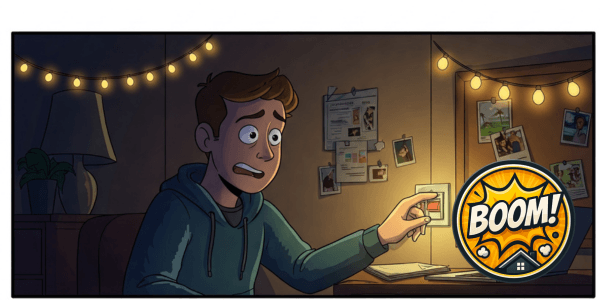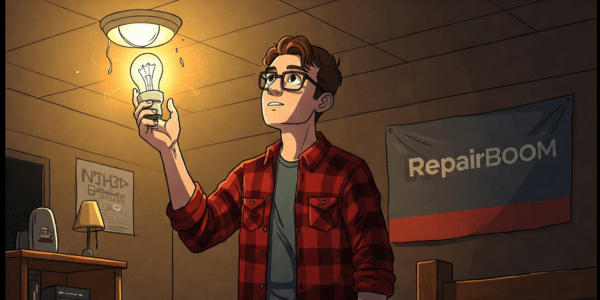Want to learn how to reset a breaker?
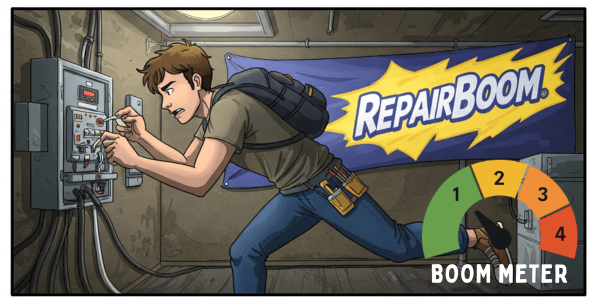
- Introduction – Reset a Breaker
- What to Consider Before you reset a breaker
- Recommended supplies to reset a breaker
- Step 1: locating your breaker box
- Step 2: How to Map Circuits, Spot a Tripped Breaker, and Reset It
- Step 3: Confirm Power After You Reset a Breaker and Know When to Contact Your Landlord or Electrician
Introduction – Reset a Breaker
If your home’s electrical system isn’t performing as expected—perhaps it’s time to learn how to locate a breaker box and reset a breaker. Whether it’s due to a tripped breaker from an overloaded circuit or an unexpected power outage in part of your house, there’s a straightforward solution: find and reset the breaker yourself.
Why bother learning to how to reset a breaker? If you’re in a rental, the electrical setup might be outdated or poorly labeled, leaving you in the dark—literally—when something trips. Or maybe you want the convenience of quickly restoring power without waiting for help or being charged fees by your landlord for a simple fix. Knowing how to reset a breaker gives you control over minor electrical issues, like when an appliance overloads a circuit or a storm disrupts power. It’s especially handy for troubleshooting, ensuring safety, or managing high-demand devices like space heaters or hair dryers.
Breaker panels vary in design and location—often found in basements, garages, or utility closets—but they share common elements: a metal box housing rows of switches, each controlling a specific circuit. The good news? Locating and resetting a breaker is a fast and simple task—most take just 5 to 15 minutes, even if you’ve never dealt with electrical systems before. With no cost beyond a little time and maybe a flashlight, you can regain power and confidence in your home’s electrical setup.
What to Consider Before you reset a breaker
- Location and Accessibility: Ensure you can find the breaker box by checking common spots like basements, garages, or utility closets, and confirm it’s easily accessible without obstructions, as some may be tucked behind furniture or in tight spaces.
- Breaker Panel Condition and Labeling: Inspect the breaker box for clear labeling to identify which switch controls what circuit, and note its condition—older panels might be rusty or have faded labels, making it harder to pinpoint the right breaker.
- Electrical Load and Safety: Verify that the circuit you’re resetting isn’t overloaded by high-demand appliances, and ensure you understand basic safety precautions, like avoiding water near the panel, to prevent hazards during the process.
- Tools and Preparation: Check if you’ll need any tools, like a flashlight or voltage tester, or additional steps, such as turning off the main power, to safely locate and reset the breaker.
Recommended supplies to reset a breaker
(Links posted are affiliate sponsored Links and purchases directly support our operation. We stand behind the products we recommend)
Step 1: locating your breaker box
Before we learn how to reset a breaker, we have to start by locating your breaker box, search common areas like the basement, garage, or utility closet, looking for a metal panel mounted on or recessed into the wall—use a flashlight if the space is dimly lit or hard to navigate. Once found, open the panel door by hand or, if it’s stuck, gently pry it with a flathead screwdriver, being careful not to damage the surrounding area.
Hold the door steady as you open it to avoid bending hinges and check inside for a main switch or rows of breakers; if there’s dust or debris from years of neglect, wipe it away with a dry cloth to better see the labels and switches.
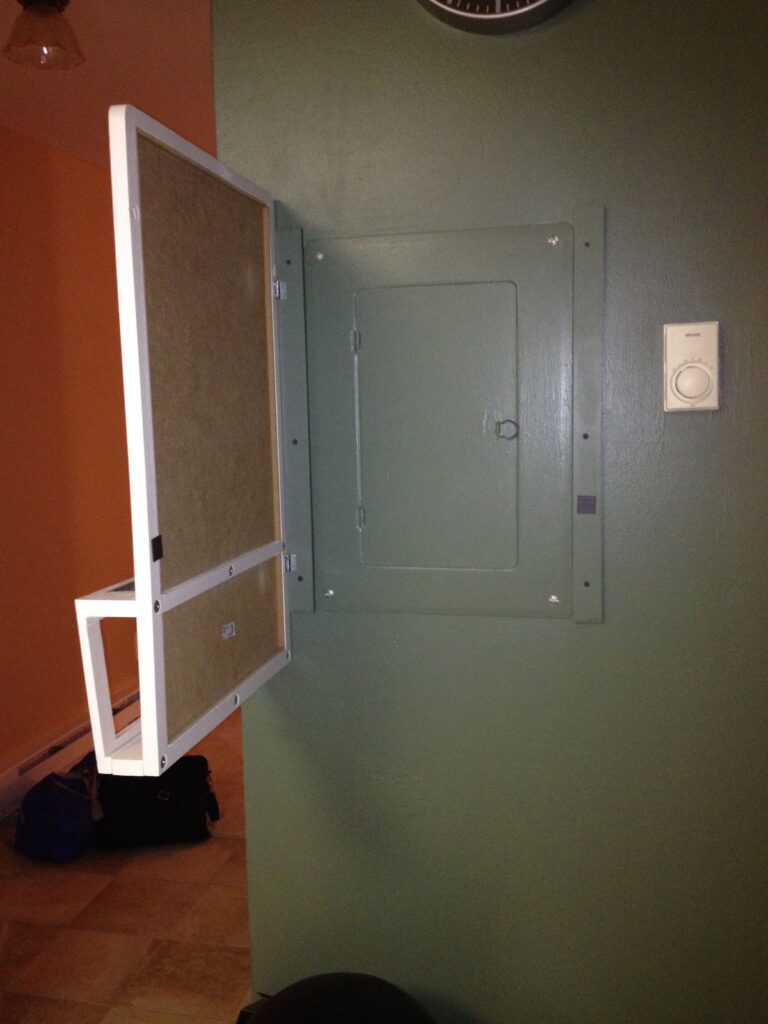
Step 2: How to Map Circuits, Spot a Tripped Breaker, and Reset It
Once you’ve opened the breaker box door, take a good look at the setup inside—there’s usually a main power switch (often larger and located at the top or bottom) with rows of smaller circuit breakers below it, each one tied to a specific area or appliance in your home. To sort out which breaker controls what, start by checking for labels next to the switches; they might read “Kitchen,” “Bedroom,” or “Water Heater.” If the labels are worn out, missing, or unclear, you’ll need to figure it out yourself.
Turn on lights or plug in a small device (like a lamp or radio) in different rooms, then switch off each breaker one at a time, noting which areas lose power. Jot down your findings on paper or your phone—for example, “Breaker 5: Living room lights”—to build a handy reference for later. This trial-and-error method might take a few minutes per breaker, so take your time.
To spot a tripped breaker, check the position of each switch. Breakers typically have three positions: “On” (fully to one side), “Off” (fully to the other side), or “Tripped” (stuck in the middle, often with a slight wobble or a red/orange marker visible). A tripped breaker won’t sit firmly in the “On” spot—it might look slightly misaligned or feel loose when you touch it. If you’re not sure, compare it to the others; “On” breakers usually line up neatly, while a tripped one will stand out.
To reset a breaker, first push the tripped switch all the way to the “Off” position—give it a firm push until it clicks, even if it’s already in the middle. Then, flip it back to “On” with a smooth motion. You might hear a click or feel a bit of resistance as it locks in.
If it trips again right away, there could be an overload or short circuit—unplug devices on that circuit and try again, or call an electrician if the issue persists. Test if power is restored by checking the affected area (like turning on a light). If the breaker box looks old or you notice sparks, stop immediately and get professional help to stay safe. Keep your notes for future reference!

Step 3: Confirm Power After You Reset a Breaker and Know When to Contact Your Landlord or Electrician
Once you’ve reset a breaker, check if power is back in the affected area by testing the devices or outlets on that circuit—flip on lights, plug in a small appliance like a fan, or see if larger appliances (like a washer or dryer) are working again. Use the map you created in Step 2 to go through the rooms tied to that breaker box circuit, ensuring everything is functioning. If power is fully restored, you’re all set—label the breaker clearly with a marker or sticker (e.g., “Breaker 5: Bedroom lights”) to simplify future resets.
If the breaker trips again right after you reset a breaker, or if power doesn’t return, it’s time to troubleshoot. Begin by unplugging all devices and appliances on that circuit to check for an overload—items like space heaters, toasters, or gaming consoles can draw too much power. With everything unplugged, try to reset a breaker again: push it fully to “Off,” then back to “On.”
If it stays on, plug devices back in one by one, testing after each to pinpoint the issue. If the breaker still trips with nothing connected, or if you notice warning signs like a burning smell, scorch marks, or humming noises near the breaker box or outlets, there could be a short circuit or wiring problem. At this stage, stop working on the breaker box yourself—these issues can be hazardous.
If you’re in a rental, this is the moment to contact your landlord, as they’re typically responsible for electrical repairs, especially if the breaker box is old or faulty. If you own your home, or if your landlord isn’t responsive and the issue persists, call a licensed electrician. They can safely inspect the breaker box, test for faulty wiring, or replace a defective breaker. For your safety, avoid using that circuit until the problem is fixed, and don’t attempt repairs beyond a simple reset if you spot signs of damage.
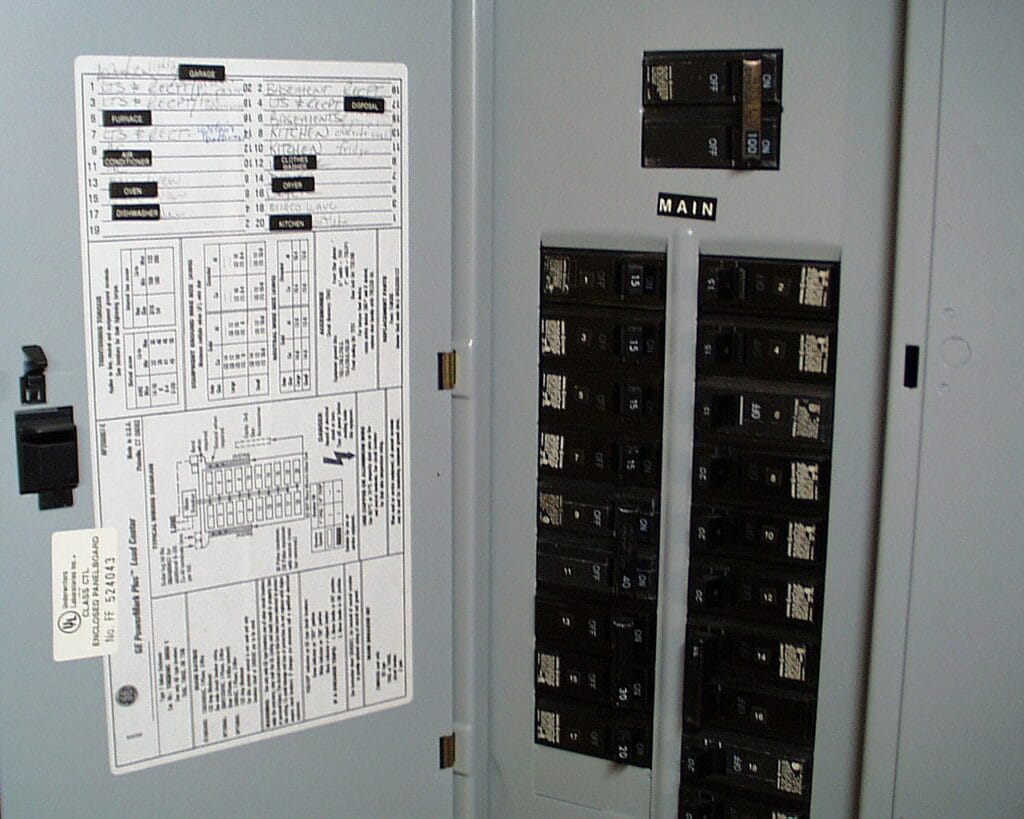
Is it safe to reset a circuit breaker myself, or should I call a professional?

It’s generally safe to reset a circuit breaker yourself if you follow basic precautions, like ensuring your hands are dry and standing to the side of the panel to avoid any sparks, making how to reset a breaker a simple task for most renters or homeowners. However, if you notice warning signs like a burning smell, sparks, or the breaker won’t stay on, stop immediately and call a professional electrician, as these could indicate a serious issue beyond a basic breaker reset, ensuring your safety during the process.
I followed the steps for how to reset a breaker, but it keeps tripping—what should I do next?
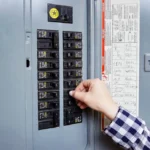
If your breaker keeps tripping after you reset a circuit breaker, it might be due to an overload or a short circuit, so start by unplugging all devices on that circuit and trying the breaker reset again to see if it holds. If it still trips, there could be a deeper issue like faulty wiring, which requires a professional electrician to investigate, as suggested in our guide, to prevent risks like a fire hazard while ensuring a safe TV wall mount installation.
I’m having trouble finding my breaker box to reset a breaker—where should I look?

If you’re struggling to find your breaker box for how to reset a breaker, check common spots like the basement, garage, or utility closet—it’s usually a metal box mounted on or recessed into the wall, as outlined in our guide. If you’re a renter and still can’t find it, ask your landlord or property manager, as some breaker boxes might be in a shared area or a less obvious spot, making your breaker reset process easier once you locate it.
I’m a renter—do I need permission from my landlord to reset a circuit breaker, or could this cause any issues?

As a renter, you typically don’t need permission to reset a circuit breaker since it’s a basic maintenance task that doesn’t cause damage, and it’s a quick breaker reset that can get your power back on without any hassle, as long as you follow the steps for how to reset a breaker safely. However, if the breaker keeps tripping or you notice damage to the panel, let your landlord know—they’re usually responsible for electrical repairs, so you can avoid any issues with your rental agreement.
How To change a light bulb in 3 easy steps | Free Guide – RepairBoom
How to unclog a drain in 4 easy steps | Free Guide – RepairBoom
